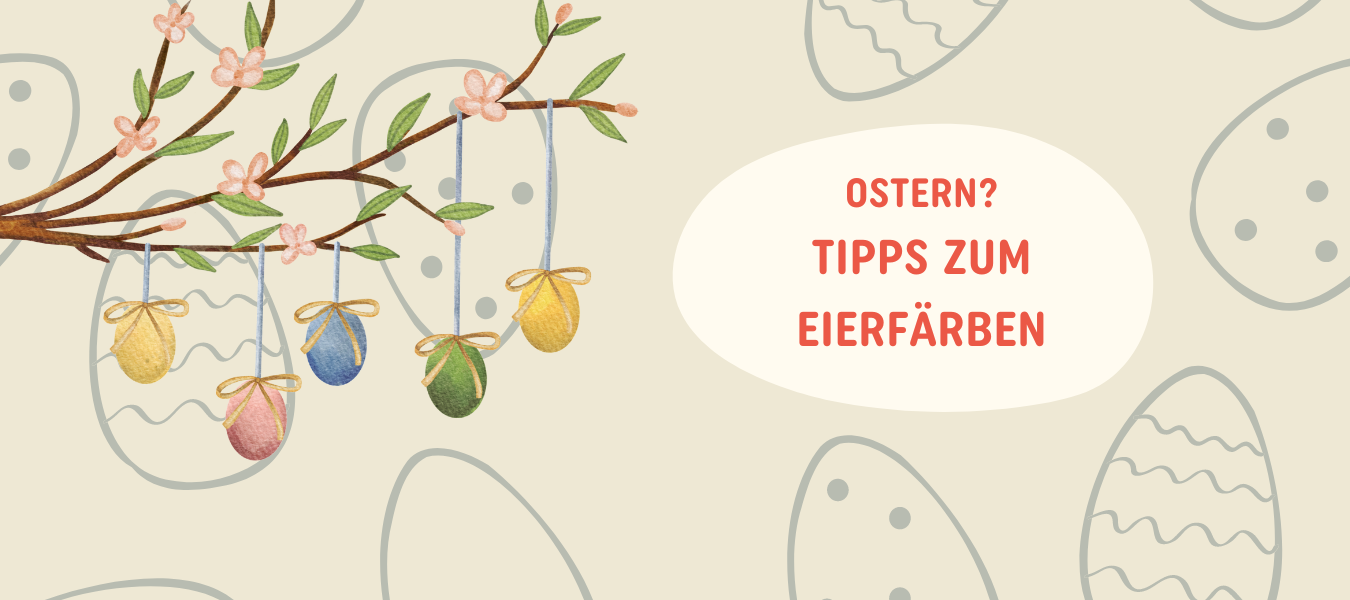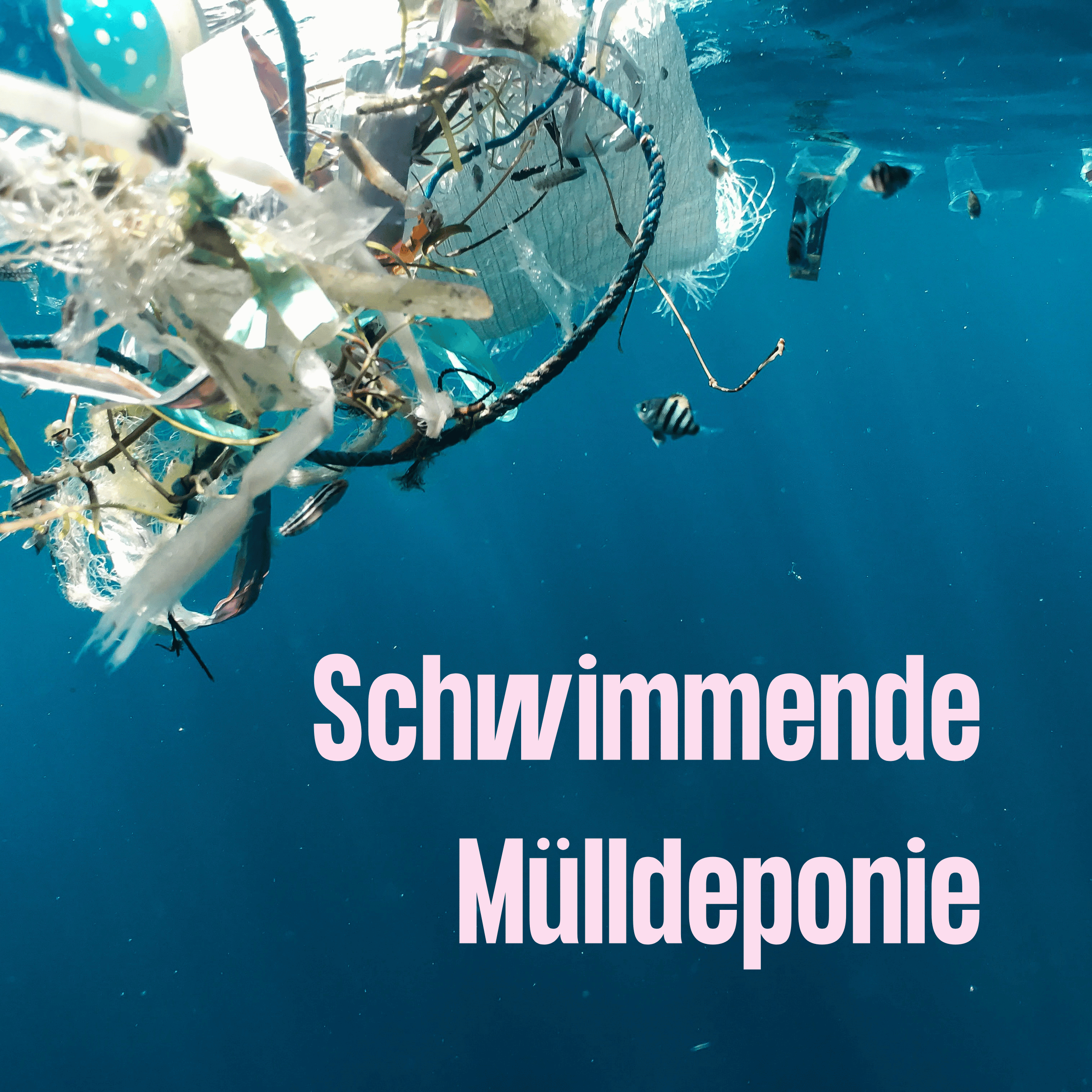
Our tips for a (green) Easter!
It feels like it was just Christmas and now Easter is just around the corner. For many people, colored Easter eggs are a part of spring - and of a bush made of pussy willows. Many people are probably not aware that the branches of the harbinger of spring must not be cut at all between the beginning of March and the end of September, as there is a grace period during this time according to the Federal Nature Conservation Act. This is because the soft flowers serve as an important source of food for bees, bumblebees and other insects. Alternatively, you can buy pussy willows from a florist, but it is important to pay attention to the origin of the branches. You can also use other branches to bring spring into your home and have a place for your freshly painted Easter eggs.
Speaking of Easter eggs. Do you know the brightly colored Easter eggs that you can buy in the supermarket (usually wrapped in plastic)? The rule for these is that their origin and conditions are unknown - and they should therefore be avoided at all costs. Raw eggs are subject to an EU-wide labeling requirement with a code, but this does not apply to boiled eggs . It is therefore better to buy regional eggs that are marked with a Bioland, Naturland or Demeter seal.
You can dye your Easter eggs sustainably and cheaply using onion skins (yellow), spinach or grass (green) and red cabbage (purple). To do this, boil the plant parts in a liter of water for about 30 minutes, filter the liquid and add a little vinegar to make the colors appear more intense. Then boil the eggs in the colored liquid, shock them and then put them back in the pot if the color is not intense enough for you.
Vegan alternatives to the classic Easter egg include brightly painted “eggs” made of salt dough or ceramic . In our opinion, a vegan carrot cake is also a must.
With this in mind: spring greetings,
Katha



Leave a comment
This site is protected by hCaptcha and the hCaptcha Privacy Policy and Terms of Service apply.